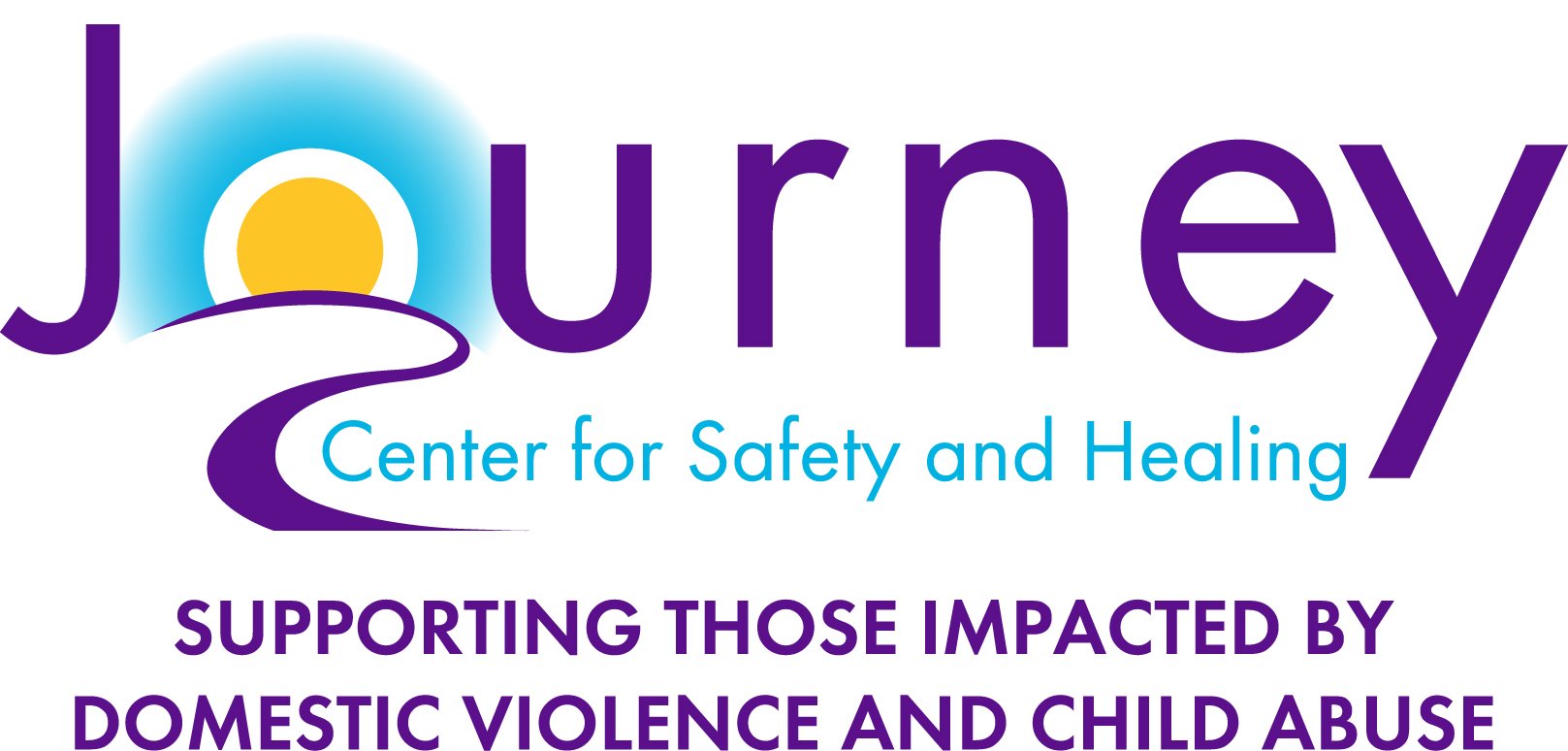Let's Talk: Recognizing Domestic Violence
Recognizing domestic violence is an essential step in addressing and preventing this issue that affects individuals across all demographics and communities. It’s often displayed in various forms, including physical, emotional, financial, digital, and sexual. Recognizing these forms of abuse and being able to spot red flags and warning signs of abuse is the first step toward breaking the cycle and seeking help.
Verbal and Emotional Abuse Can Look Like:
Constant criticism: An abuser may criticize everything from their partner’s appearance to their intelligence, creating a sense of inadequacy.
Controlling appearance: Dictating how a partner should dress, wear makeup, or style their hair can strip an individual of their identity.
Isolation: Abusers often isolate their partners from friends and family, creating a dependency that makes it harder to seek help.
Financial Abuse May Look Like:
Job control: Forcing a partner to quit their job or creating conditions that lead to job loss limits their financial autonomy.
Tight control over spending: This may involve giving an allowance or closely monitoring purchases, trapping the victim in a financially abusive situation.
Digital Abuse May Look Like/Show Up As:
Social media stalking: Monitoring a partner’s activities online can infringe on personal freedom and privacy.
Location tracking: Using apps to monitor a partner’s whereabouts can create an unyielding sense of surveillance.
Constant contact: Excessive calling or texting can border on harassment, making it difficult for the partner to feel at ease.
Warning Signs of Physical Abuse May Look Like:
Object throwing: This can create an atmosphere of fear and unpredictability.
Blocking exits: Physically preventing a partner from leaving a situation is coercive and abusive.
Weapon use or threats: The mere suggestion of violence using weapons can instill deep fear.
Warning Signs of Sexual Abuse Can Include:
Contraceptive control: Manipulating birth control decisions can infringe on personal rights and bodily autonomy.
Pressure to perform sexual acts: Forcing a partner into sexual activities is a severe form of abuse.
Reproductive coercion: Forcing or manipulating a partner regarding pregnancy decisions is a violation of their reproductive choices.
At the beginning of new relationships, it is not always easy to tell if the relationship is unhealthy or if it will become abusive. Warning signs and red flags don’t appear overnight and often intensify as relationships progress.
Aside from the warning signs above, there may be additional signs that a relationship may turn unhealthy or abusive including:
Isolation
“Owning” their partner
Disrespecting others
Expecting more from their partner than themselves
Blaming everyone else, not taking accountability
If you see any of these warning signs in your relationship or in someone that you care about, it’s important to reach out. Abuse happens in various forms, and no one should suffer in silence. Starting a conversation and letting your loved one know that they don’t deserve abuse is an important first step in taking a stand against domestic violence, during October and beyond.
If you or someone you know has been impacted by domestic violence, we are here for you. Our 24-Hour Helpline is always available.
Call or text our 24-Hour Helpline: 216.391.4357 (HELP) or live chat.
